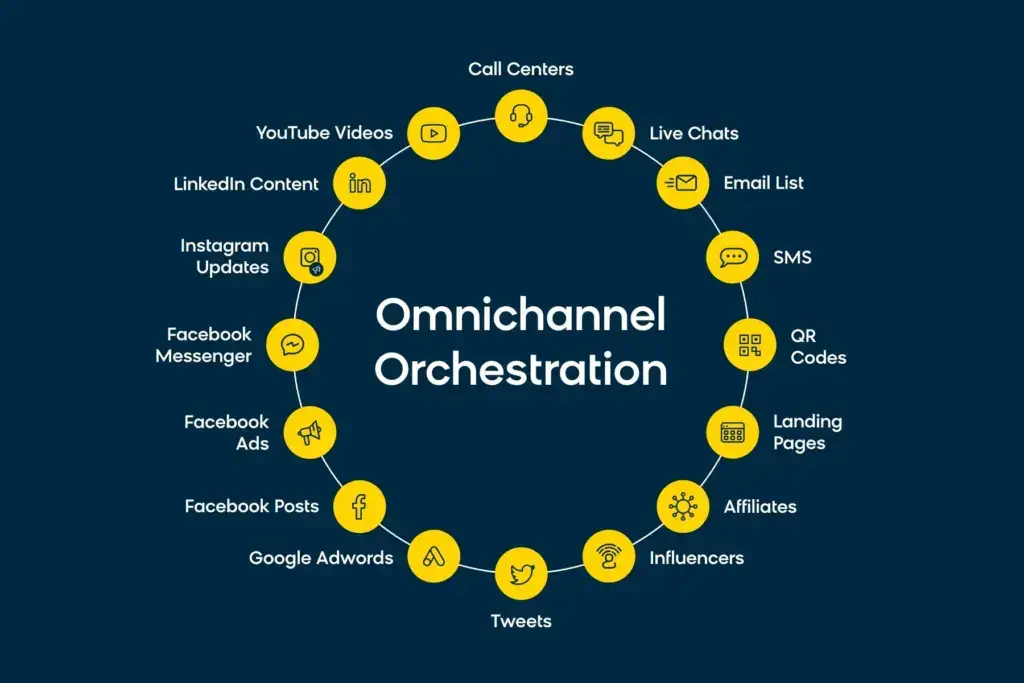The search landscape in 2025 is undergoing a seismic shift, driven by the rise of AI Overviews and generative search engines. These innovations are fundamentally altering how users interact with search results—and are having a dramatic impact on paid advertising strategies.
What Are AI Overviews and Why Do They Matter?
AI Overviews are Google’s generative, AI-powered summaries that now appear at the very top of search results, often before any paid ads or organic listings 1, 2. Unlike traditional featured snippets (which pull from a single source) or knowledge panels (which use structured data), AI Overviews synthesize information from multiple sources in real time1. Competing platforms such as ChatGPT, Perplexity, and Claude are also delivering similar generative search experiences 3.
This shift is disruptive because these AI-generated summaries immediately capture user attention, pushing both paid ads and organic results further down the page—sometimes below the fold—making them less visible and less likely to be clicked 1, 2.
How Paid Ads Are Being Affected
Visibility Drops:
Ads are now more frequently displayed below AI-generated summaries, reducing their visibility and click-through rates (CTR)1, 2. In some cases, no ads appear at all alongside AI Overviews, especially for generic, informational queries 1, 4.
Click-Through Rate (CTR) Declines:
When an AI Overview appears, Google Ads CTR can drop by more than 50% for key terms 1, 4. Organic click-through rates have also dropped by as much as 70% in some cases, as users get their answers directly from the AI summary 3.
Auction Volatility and Cost Pressures:
With fewer premium ad slots available, competition for visible placements is increasing, driving up cost-per-click (CPC) and making auction outcomes more volatile 1, 2. Marketers are also seeing lower Quality Scores over time, as fewer users interact with traditional ad placements 1.
Industry-Specific Impacts
- Healthcare: AI Overviews appear in nearly 50% of searches, including branded terms, making it especially hard for brands to control their messaging 1.
- Finance: 29.2% of generic searches show AI Overviews, but branded searches are less affected 1.
- Retail & Travel: Fewer AI Overviews overall, but long-tail queries (longer, more specific searches) are more likely to trigger them, reducing above-the-fold ad visibility 1.
- Automotive: AI-generated car comparisons are moving the buyer journey higher up the SERP, impacting both organic and paid listings 1.
2025 Market Intelligence: The Latest Data
- Zero-Click Searches: Over half (58.5%) of U.S. searches now end without a website visit, as users get answers directly from AI Overviews 5.
- Ad Placement: No ads appear with SGE (Search Generative Experience) snippets in 27% of searches. When ads do appear, they’re often at the bottom of the page 1.
- Performance Max & AI Integration: Google announced at Marketing Live 2025 that advertisers using Performance Max, Shopping, or broad match Search campaigns will soon be eligible to have their ads shown inside AI Overviews and AI Mode, though this is not yet widely available 6, 7.
What’s Changing for Advertisers and Publishers?
- Publishers are losing organic traffic, with some reporting drops of 18–64% as AI Overviews satisfy informational intent directly on the SERP 3.
- Advertisers face a paradox: while traditional ad visibility is down, AI-powered tools are improving targeting, automation, and conversion quality for those who adapt 2, 4.
- Ad Value Is Transforming: The focus is shifting from raw clicks to conversion quality, targeting precision, and automation efficiency 4.
How Marketers Can Adapt: Strategic Recommendations
- Optimize for AI Search: Embrace Generative Engine Optimization (GEO)—create content likely to be summarized by AI Overviews, not just ranked in traditional search results 2, 1.
- Leverage AI Tools: Use Google’s Performance Max, Smart Bidding, and other AI-driven features to optimize for conversions and maximize visibility where possible 2, 8.
- Diversify Ad Formats: With traditional search ads facing visibility challenges, invest in shopping ads, video ads, and discovery campaigns to reach users in new ways 4.
- Focus on High-Intent Keywords: Reallocate budgets to target transactional and lower-funnel queries, where ads are more likely to appear and convert 2.
- Build Brand Authority: Strong brands are more likely to be featured in AI Overviews, which can boost both organic and paid performance 2, 1.
- Track SERP Changes: Monitor how your ads are displayed and adapt quickly to new AI-driven layouts and opportunities 1.
- Use First-Party Data: Feed CRM and customer data into ad platforms to improve targeting and attribution as AI-driven SERPs evolve 2.
Key Takeaways for 2025
- AI Overviews are here to stay and are fundamentally changing how search works for both users and advertisers 1, 3.
- Paid ads are not dead, but their value is shifting. Success now depends on adapting to AI-driven search experiences, leveraging automation, and focusing on conversion quality over raw clicks 4.
- Strategic agility is essential: Marketers who embrace new tools, diversify their tactics, and optimize for both human and AI audiences will win in the new search landscape 2, 1, 4.
In summary:
AI engines are pushing paid ads out of sight, reducing visibility and CTR, but also opening up new opportunities for those who adapt. The future of paid search in 2025 is not about outbidding the competition, but about out-contexting and outsmarting the algorithms that now shape every user journey 1, 4, 3.

